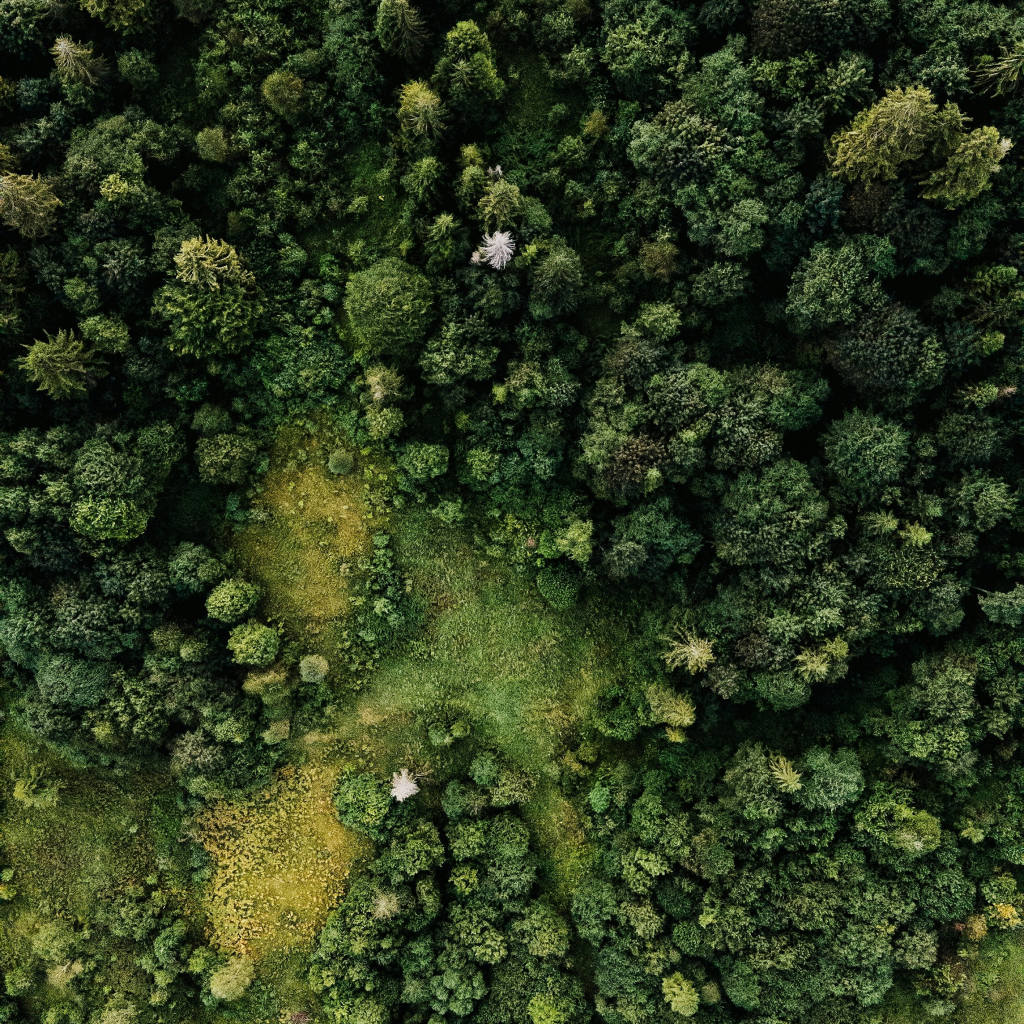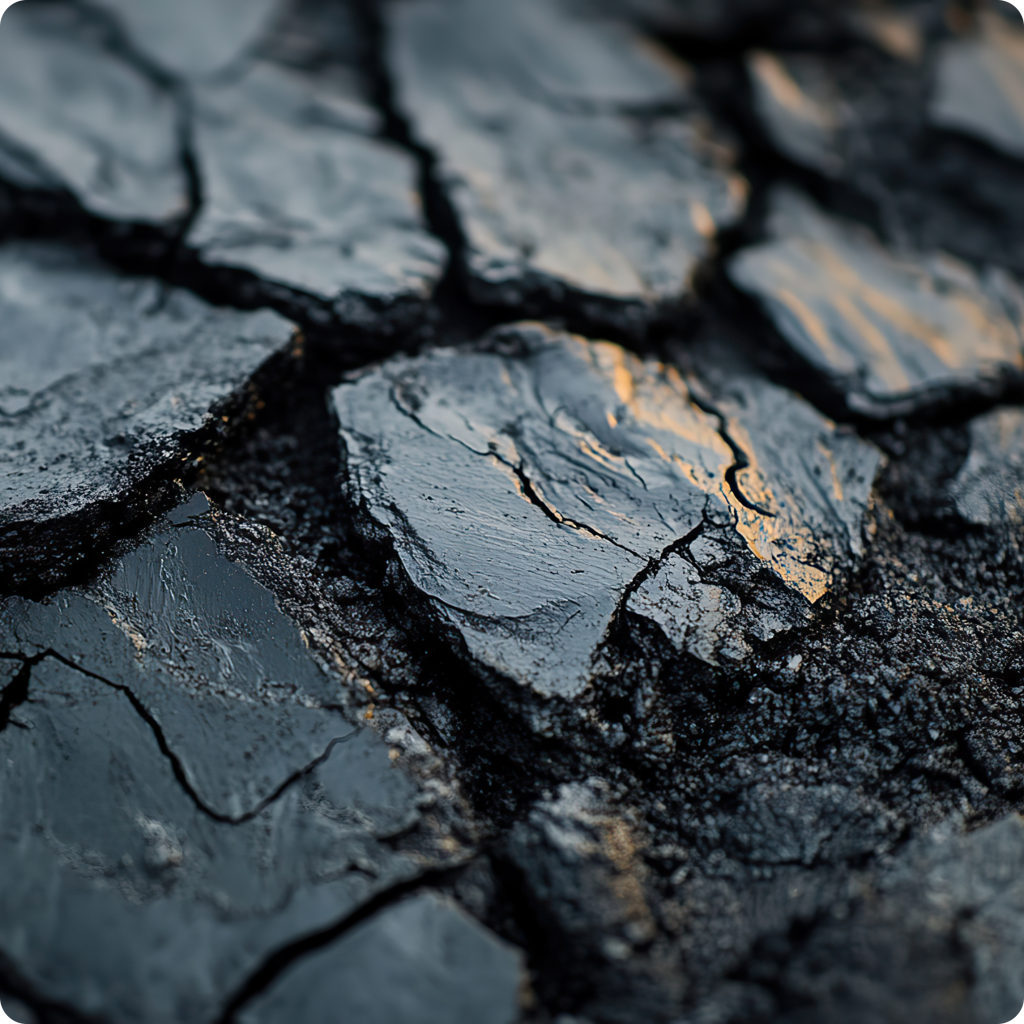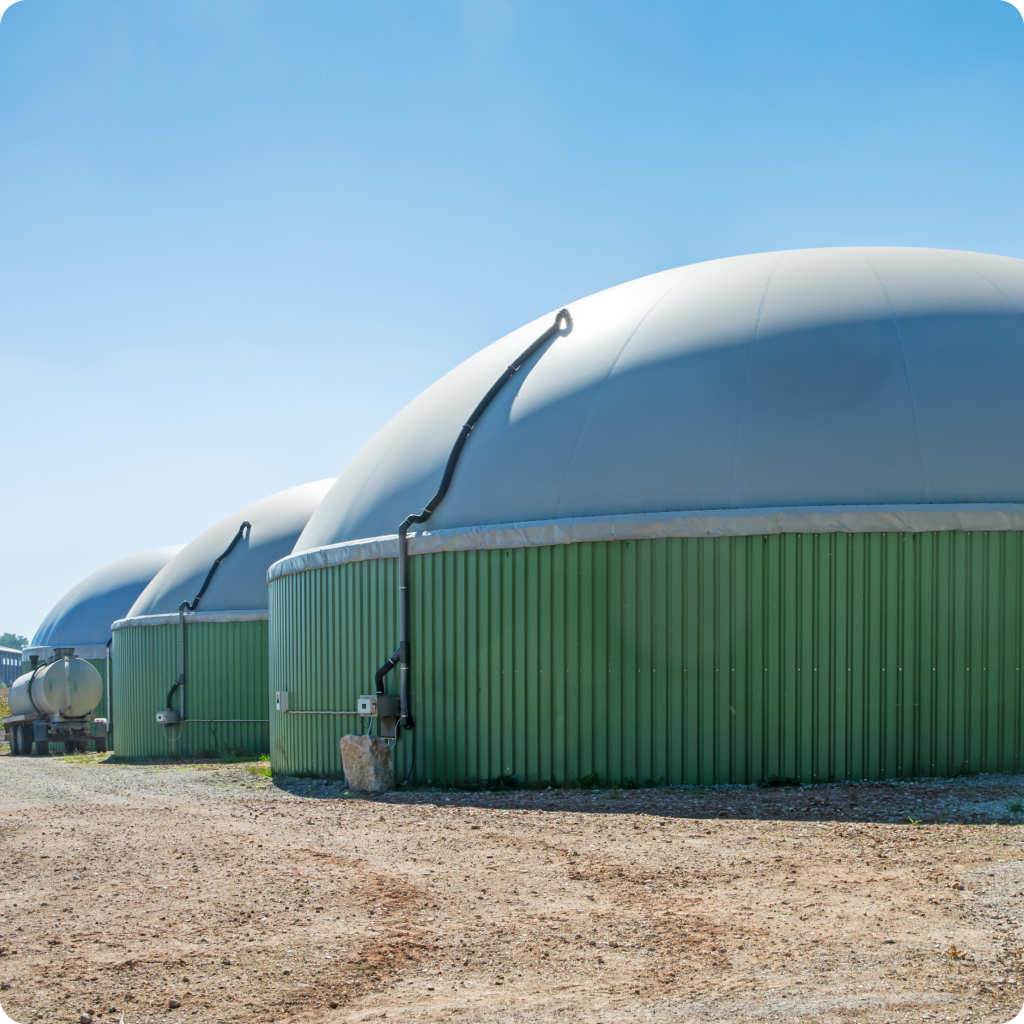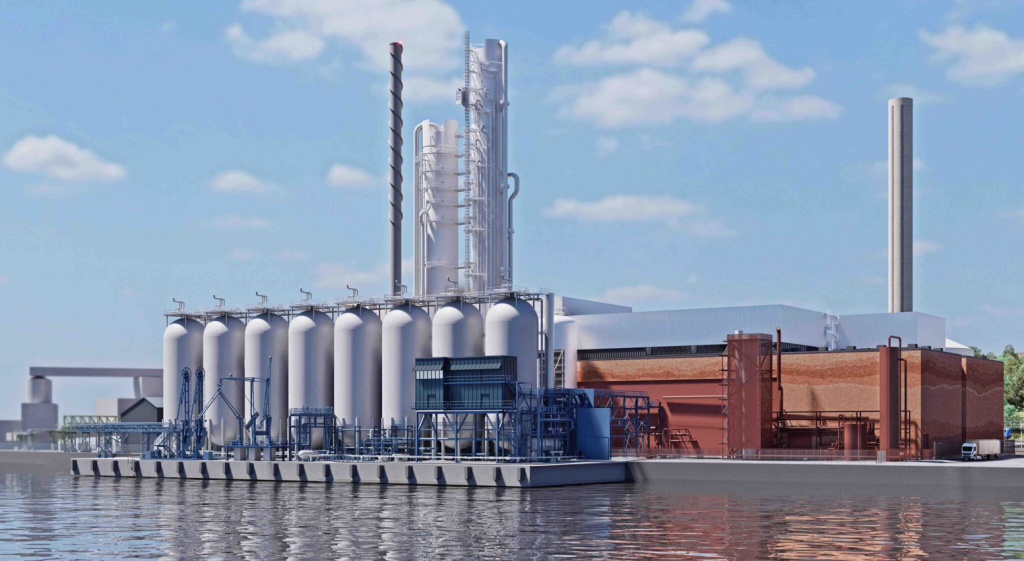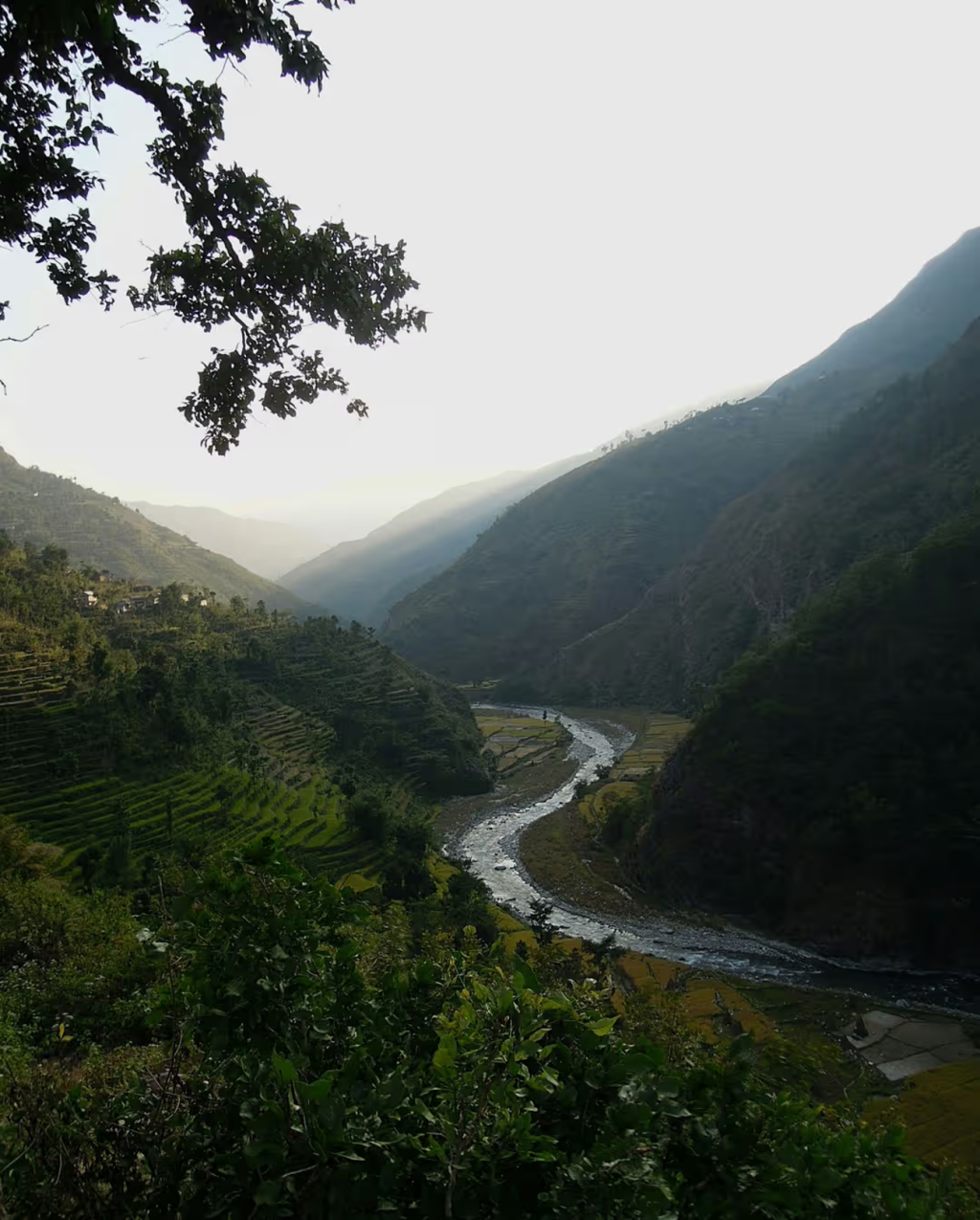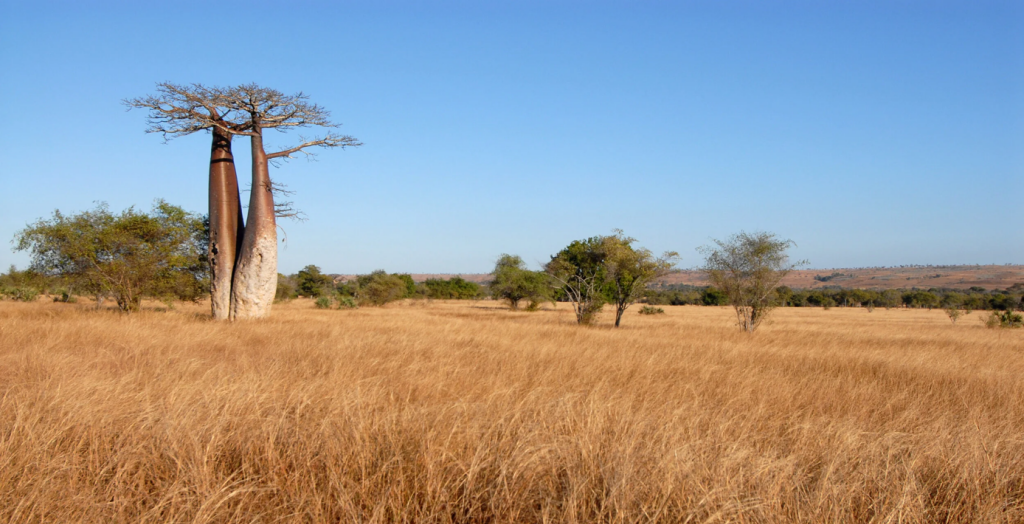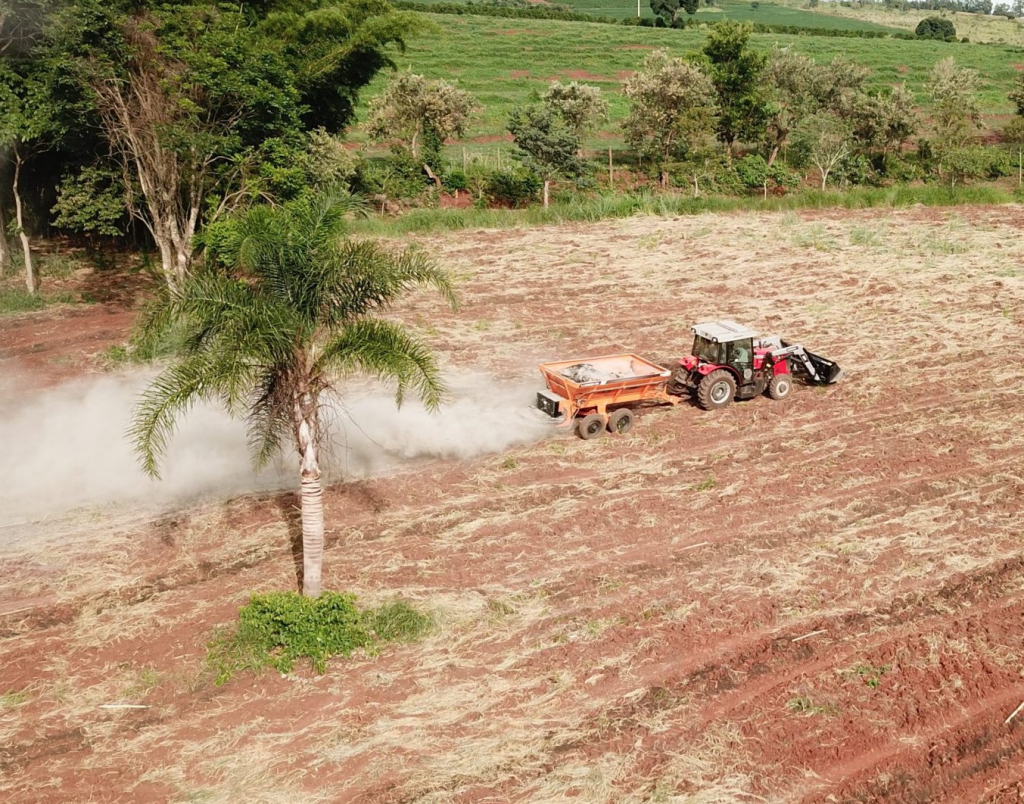
We’re asking the tough questions.
Our due diligence model uses a rigorous set of criteria to vet the highest quality carbon removal solutions. As a result, our solutions are scalable, permanent, and meet stringent quality and MRV standards.
Our carbon removal solutions
Direct Air Capture
Direct Air Capture
Our direct air capture (DAC) technology removes CO₂ from ambient air. Powered by low-carbon energy, air is drawn into collector containers, and CO₂ molecules are captured inside with the sorbent. Once saturated, the CO₂ is released with low heat and transferred for storage safely and permanently underground.
Co-benefits
Highly scalable, uses a small land footprint, and creates jobs in varied locations.
Durability
10,000+ years
Afforestation/Reforestation
Afforestation/Reforestation
Reforestation uses the natural ability of trees to absorb CO₂ through photosynthesis, storing carbon in their biomass and the surrounding soil.
Co-benefits
Supports biodiversity, stabilizes local climates, prevents soil erosion, and creates economic opportunities in forestry.
Durability
40+ years
Biochar
Biochar
Biochar offers another versatile solution for carbon removal. Produced by thermally decomposing biomass under low-oxygen conditions, Biochar locks carbon into a stable form that can be integrated into soils.
Co-benefits
Enhances soil fertility, improves water retention, reduces emissions of methane and nitrous oxide from agricultural soils, and creates a circular economy for organic waste.
Durability
100+ years
Mangroves
Mangroves
Mangroves are coastal ecosystems composed of salt-tolerant trees and shrubs that capture and store carbon through both biomass and sediment accumulation. Their dense root systems trap organic material, enabling long-term carbon sequestration while stabilizing coastlines and reducing erosion. Mangroves are especially effective in sequestering "blue carbon," the carbon stored in coastal and marine ecosystems.
Co-benefits
Protects coastal communities from storm surges and flooding, enhances biodiversity by providing critical habitats for fish and wildlife, and supports livelihoods through fisheries and eco-tourism.
Durability
40+ years
Bioenergy with Carbon Capture & Storage (BECCS)
Bioenergy with Carbon Capture & Storage (BECCS)
BECCS combines renewable energy generation with negative emissions by utilizing biomass to take up CO₂ during growth. This biomass is then processed for energy, and the resulting CO₂ emissions are captured and stored deep underground in geological formations.
Co-benefits
Provides a renewable energy source (using organic matter from plants to produce energy).
Durability
10,000+ years
Enhanced Rock Weathering
Enhanced Rock Weathering
Enhanced Rock Weathering accelerates natural chemical processes by spreading finely crushed silicate rocks over land. These rocks react with atmospheric CO₂ to form stable bicarbonates or carbonates that remain sequestered for thousands of years.
Co-benefits
Improves soil health (increasing crop yields for farmers), contributes to ocean alkalinity by mitigating acidification when dissolved minerals enter water bodies.
Durability
1,000+ years
Keeping a pulse on carbon removal innovations.
We continuously evaluate new solutions (e.g. blue carbon, ocean alkalinity enhancement, soil carbon sequestration, and more) for our portfolios, assessing across a rigorous criteria set to ensure they meet environmental and economic goals.
A few of our high quality carbon removal suppliers
Our 360° team of scientists & market experts
Tap into the brightest minds in the field—our in-house team of PhDs, scientists, market & policy experts, along with our Science Advisory Network, are readily available to ensure your solution delivers business impact.
Meet a few members of our science advisory network
Stay inspired and up to date on Climeworks
Subscribe to our newsletter
No cookies = No worries: We don’t use 3rd party cookies and only use the cookies we strictly need to keep our website functioning. Our website usage data is 100% cookie-less, anonymized, and under our full control. For more information, please check out our privacy notice.


